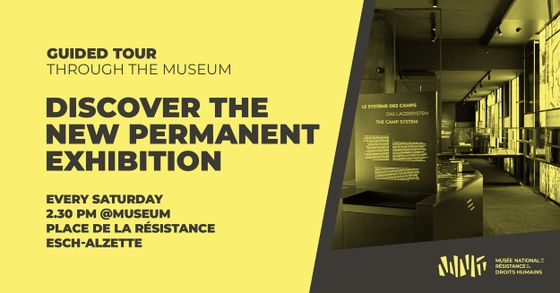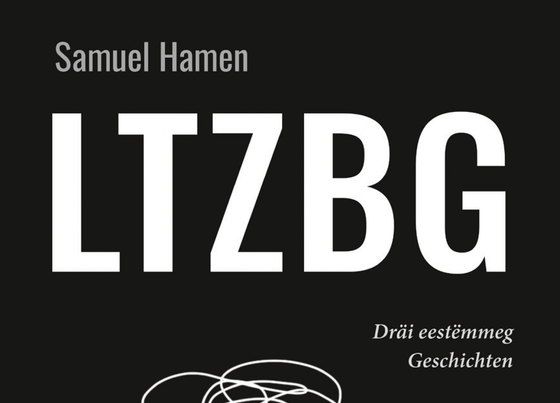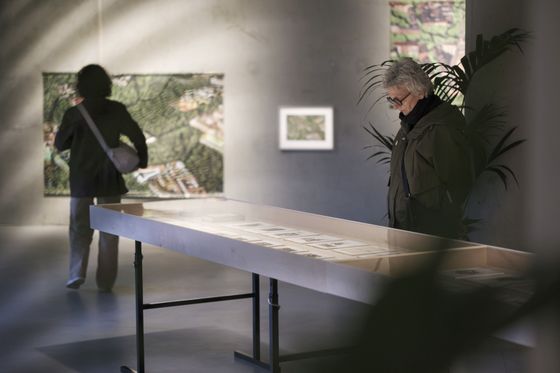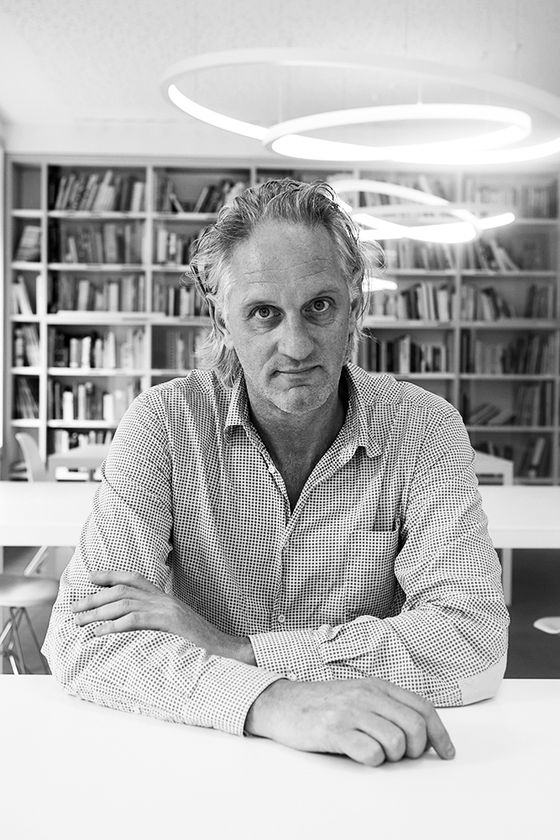Municipality 101
Reimagining Institutions For Inclusive Communities
As the migration waves peaked in 2015, Europe has adopted policies for welcoming migrants and asylum seekers. Refuge and migration have their significant impact on the built and social environment of cities. In Luxembourg, a country characterised by almost 50% of migration-background population, a large percentage of newly arrived refugees find themselves residing in reception centers. Those often struggle to proceed with their journey to citizenship impeded mainly by the housing crisis.
With the uncertainty of their residency status, one that is ever prolonged to almost seem more permanent than temporal, refugees lose hope in joining the city as active participants. They, therefore, find alternative lifestyles to cope with their new reality defined by architectures of refuge. Luxembourg’s migration-welcoming system is organised by ONA, the National Reception Office, which sets the regulation for accommodating refugees and programmes the social contract with them. This dynamic, hindered by the increasing number of refugees and the shortage of lands available for housing, struggles to meet the demands and creates a top-down hierarchical system. It also reveals the organizational dynamics between the state and the municipalities. By delving into the refugees’ reality, it is understood that the housing problem is not a problem of inefficiency of reception centers, nor the related policies; it is rather rooted in practices of land ownership, the real estate market, and politics.
Municipality 101 is a polemical imaginary of a new constituency of refugees explored as a spatial proposition that opens a conversation about a more active role of refugees in shaping their lives in Luxembourg. The study of the “After Arrival” phase of refugees in Luxembourg and understanding the role played by ONA in shaping the built environment and the social structures around refugees sparked the idea of the “new municipality” numbered 101 adding to the existing 100 municipalities in Luxembourg. The capacity of the refugee reception centers equates them to the average population of a new municipality. In fact, this metaphor is aimed at establishing a ‘liquid’ body that not only represents an essential component of urban life but also helps the rapprochement between policymakers, professional actors, academics, refugees, and migrants.
The project envisions an inclusive platform where all stakeholders, including refugees, can actively participate. It aims to place key issues raised by refugees at the center of discussions, ensuring their voices shape the agenda. This approach facilitates mutual understanding and shared problem-solving, empowering diverse perspectives to inform more effective solutions for refugee integration and housing challenges.
.
Municipality 101 will adopt Citizens’ Assembly models to empower refugees residing in Luxembourg’s reception centers, which house approximately 8,000 individuals, by creating a deliberative body that fosters their active participation in urban and social life. Furthermore, Municipality 101 carries a message to both Luxembourgish society and the existing 100 municipalities: Open the doors, accept refugees, and liberate spaces where they can live. Rather than isolating them in reception centers this initiative emphasizes the importance of integration and participation in the social and urban fabric while embracing cultural differences and spaces for resistance. Refugees should be seen not as passive recipients of aid but as active participants who contribute to the well-being and development of their communities. Municipality 101 calls on local governments to liberate housing, provide adequate living spaces, and create opportunities for refugees to engage in civic life.
Municipality 101
Exhibition by Mohammed Zanboa
01.04.25 – 02.05.25
With the support of Œuvre Nationale, LFR, and Cultures of Assembly.
.







